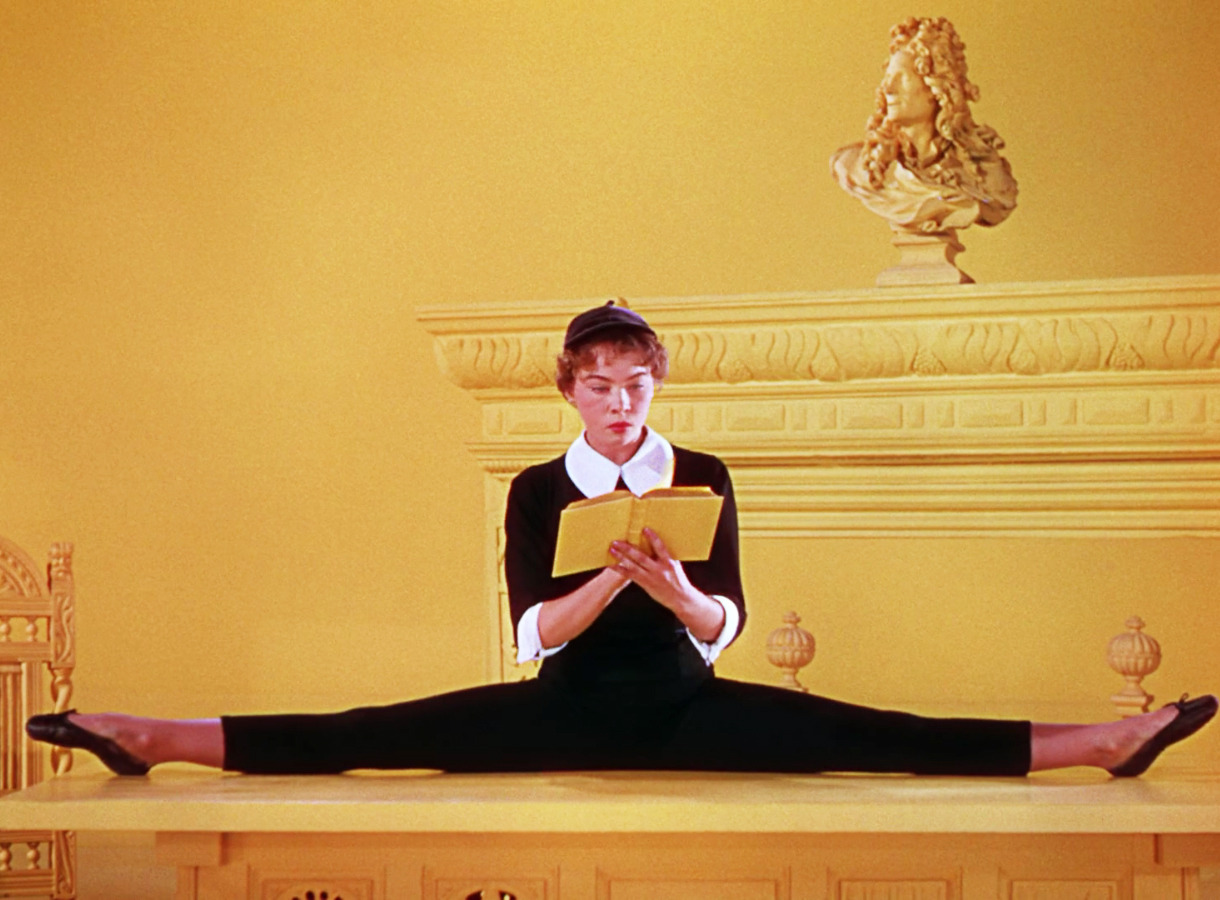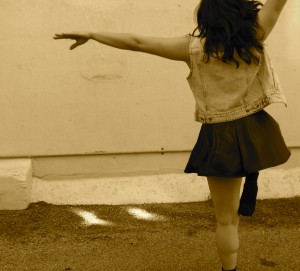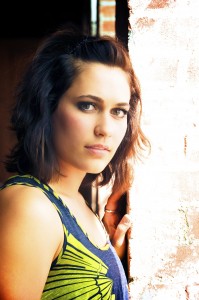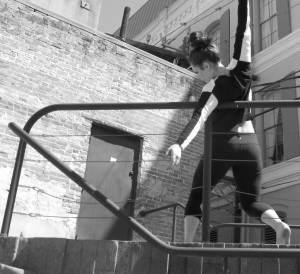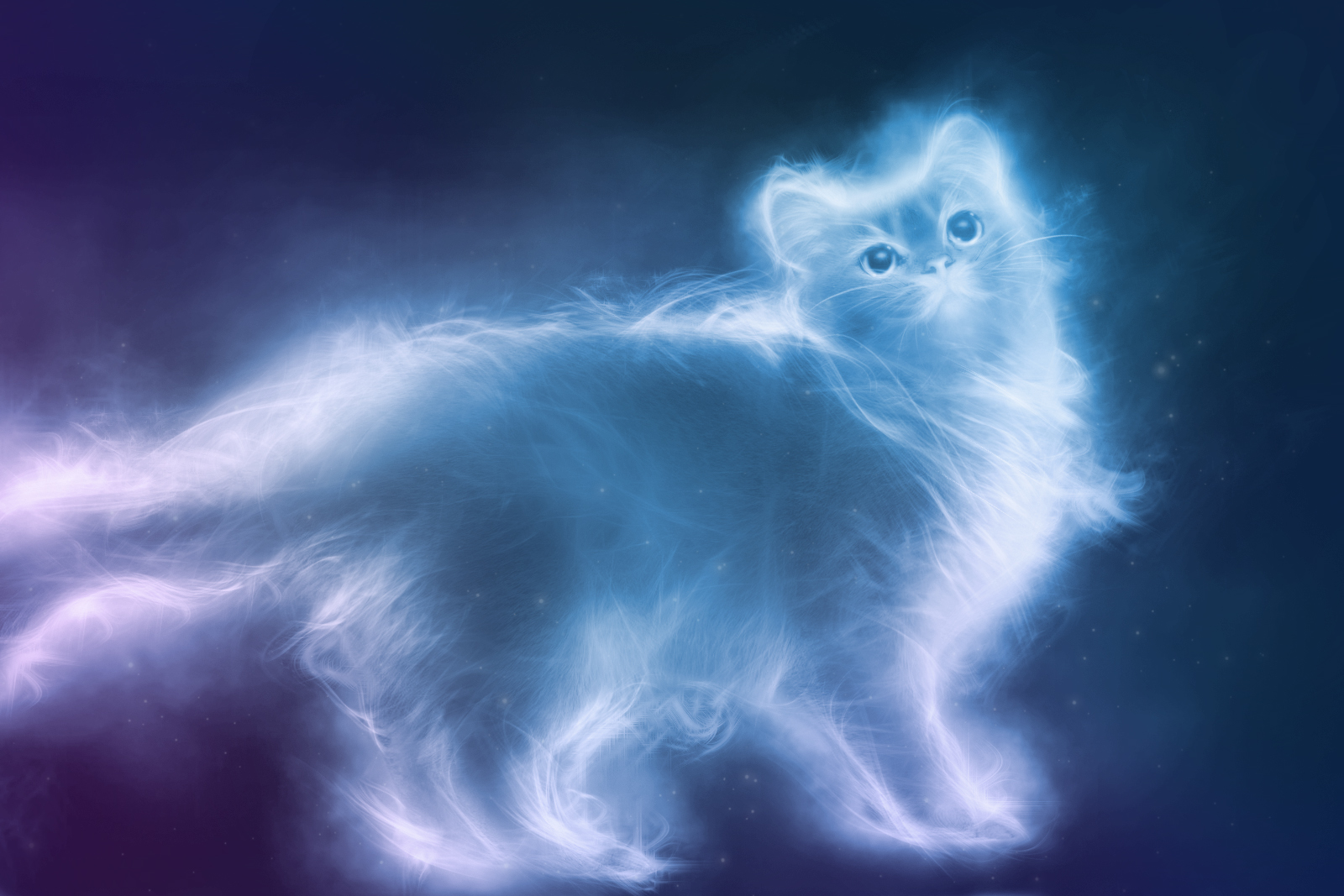Confessions of an MFA: Day 3 – Thriller, Breakdowns, and Gingerbread Lattes
I read once that it takes the average person four months before they feel at home after moving into a new house or apartment. I remember thinking how long that seemed. I’ve always been someone who, once the boxes are unpacked, I feel like I am at home. Perhaps it’s my lack of sentiment, or perhaps it’s my obsession with unpacking just overwhelms any other feelings I might have, but even in this last move, crossing over state lines, the house felt like ours right away. Now, the city, that was a different story, but at least at the house, I felt like I was at home.
This past week was one of those weeks – the kind where, by Thursday, you get home from your day and just sit down in the middle of the hallway because the couch is just too far away. Between my car breaking down on the freeway and my students practically vibrating from all of the Halloween candy, it felt like nothing could go right. Yet, each night I got home, I felt great. In fact, I felt better than I’ve felt since getting to Denver.
Of course, this made me feel stressed out. Completely counterintuitive, I know – I was so baffled as to why I was feeling great when I was in the middle of the week that wouldn’t end that I felt like, of course, I had to be missing something. What was wrong with me? Was I a masochist? Am I just completely motivated by stress? Had I finally crossed over to the other side of crazy? And then it struck me – it all felt so normal. For the first time since moving, I felt normal.
Now, I think we can all agree that dancer normal is just not the same as other people’s normal. Our sense of a typical day is just different than others. Our weeks are filled with surprises: walking into your performance space to find it’s actually a circular stage ; giving a lecture about how we go to the bathroom before dance class only to have one of your students wet his or her pants halfway through barre; having a costume tear moments before going onstage and desperately hunting for safety pins, tape, glue, anything that will hold the seam together. Our days are unpredictable, and I have come to rely on those surprises as my norm.
What I realized this week is that it’s not adjusting to my new schedule that has made me so uneasy the past few months. Rather, it’s been my lack of confidence that I can handle all of the surprises that come along in my week. But this past week, I had answers. I knew my local mechanic where I could send my car. I knew that I had the freedom to give up on trying to teach my classes on Halloween and just put on Thriller. I even knew which coffee shop I could go to for a pick-me-up gingerbread latte. And having those answers made me feel normal again – that I was having a typical week once again.
It’s this confidence that I’ve been missing in my new home. Having to use a map to find the nearest Target, I felt like a visitor, and visitors don’t have answers to solve the everyday problems that arise in a new place. But, when I woke up Friday morning of this crazy week, I felt comfortable. I felt like I was at home. I looked at the calendar this morning and realized we have been living in our new city for exactly four months and two days. I guess that study had some merit after all.
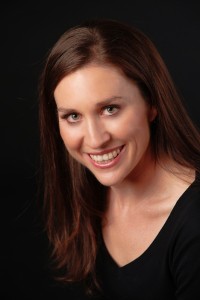 Mary Grimes is a dancer, choreographer, writer, teacher, and working artist living in the Bay Area. Since receiving her MFA in Performance and Choreography from Mills College, she has started working as a dance writer and critique, writing for such magazines as Dance and Dance Studio Life. She has had to opportunity to work with accomplished choreographers including Trisha Brown, Yvonne Rainer, Molissa Fenley, and Marc Bamuthi Joseph. Her choreographer has been presented nationally. In the future, Mary hopes to continue her work as a dance writer and is excited to see where this path will take her.
Mary Grimes is a dancer, choreographer, writer, teacher, and working artist living in the Bay Area. Since receiving her MFA in Performance and Choreography from Mills College, she has started working as a dance writer and critique, writing for such magazines as Dance and Dance Studio Life. She has had to opportunity to work with accomplished choreographers including Trisha Brown, Yvonne Rainer, Molissa Fenley, and Marc Bamuthi Joseph. Her choreographer has been presented nationally. In the future, Mary hopes to continue her work as a dance writer and is excited to see where this path will take her.



